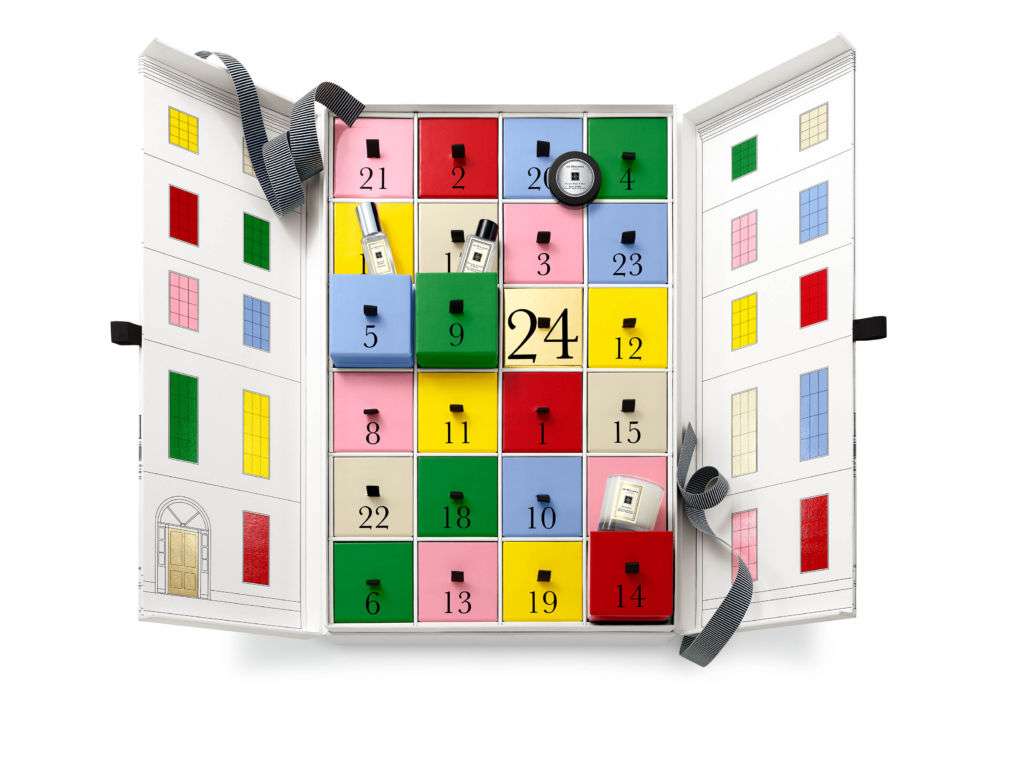The advent calendar has long been a loved Christmas tradition and one that we at Macau Lifestyle are all too fond of. A tiny treat of sweet chocolate or candy every day for a month–who wouldn’t love that?! But although we have loved advent calendars for as long as we can remember, we can’t help but wonder where the concept originated from and how this festive tradition came to be?
Germany has always been the birthplace for many European Christmas traditions, and so it’s unsurprising that the story of the advent calendar begins here. Some say it began in the early 1900s, while others insist on the late 1800s. While the exact year the practice started may be disputed, how it begins is the same. In the cold of the harsh northern winter, Christmas was a celebration much anticipated, and it is said that the Protestants of the country would mark chalk on doors or light a candle each dark morning of December in the run-up to the long-awaited day.
The first known printed advent calendar was said to be by Gerhard Lang in 1908 (see featured image above). According to the Weihnachtsmuseum in Germany, where records of the first advent calendars are kept, he was said to have received a cookie for each day of December, sewn onto the lid of a box by his mother who allowed him to open it with excitement each day. Remembering these fond childhood memories, he tried many times in the early 1900s to produce a commercial calendar of treats for children, but it wasn’t until later that he produced an advent calendar we would recognize. With the theme of “in the land of the first child”, the first advent calendar was made, drawn by Ernst Kepler, a famous children’s illustrator at the time.

While the concept may be recognizable, there was no chocolate inside! For the first 20 years or so, advent calendars merely revealed pictures behind each day. But remembering his mother’s cookies, it didn’t take Lang long to release a calendar with tasty treats inside! “The Christmas Rose” calendar, believed to be released in 1926, contained 20 pieces of Stollwerck company chocolate inside. Why 20, you ask? The first calendars were actually called “Nicholas calendars” and given out on Saint Nicholas’ Day on December 6th, so there was less chocolate for our sugar-hungry predecessors.
Through both wars, the advent calendar went through different regimes and underselling in times of hardship, but by the end of the Second World War there were several publishers selling a range of sizes and illustrations, and these soon began making sales overseas. The rest, as they say, is history.



































